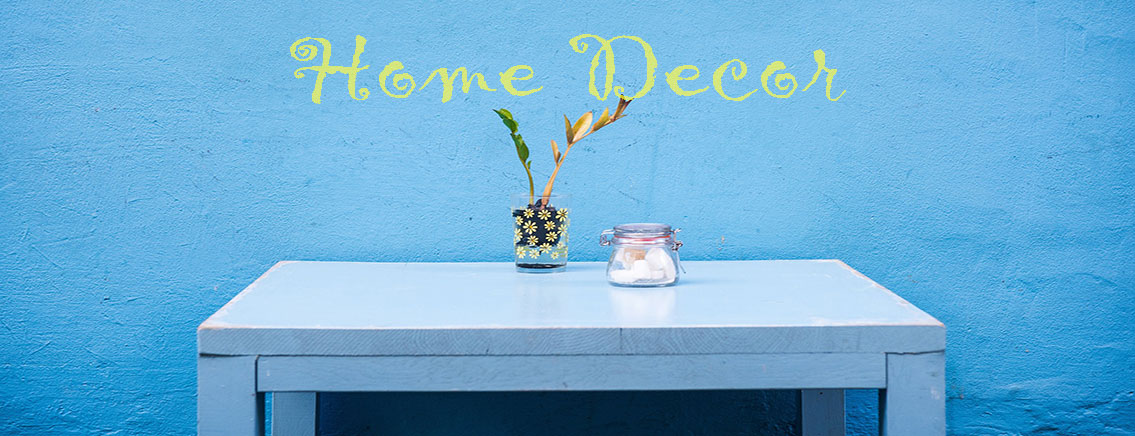Do you hygge? Scandinavians do and boy are they having a moment.
Recently, Norway was rated No. 1. Among 155 countries for happiness in the fifth annual United Nations’ World Happiness Report. Denmark, Iceland, Switzerland, Finland and the Netherlands followed.
You can speculate as to why the people in these countries are so happy, but one thing they do well is embrace the concept of “hygge,” a Danish term that means “A quality of cosiness and comfortable conviviality that engenders a feeling of contentment or well-being (regarded as a defining characteristic of Danish culture),” according to the Oxford Dictionaries. (It’s also on the Dictionaries’ 2016 “word of the year” shortlist, by the way.)
The word is pronounced “hoo-guh,” and there is no direct translation in English. “Cozy” might be the best word to describe it.
So how do Scandinavians achieve a state of hygge? And since it sounds like a sublime way to live, how do the rest of us? One way to get to hygge is to incorporate elements into our decor that promote good feelings. It’s all about atmosphere and intimacy.
Hallmarks of hygge in decor:
Textures – soft cashmere, flannel, sheepskins, leather. Choose these materials for rugs, window treatments, wall hangings, pillows and throws.
Colors – pale creams, browns, grays, whites. Light colored carpeting and hardwood are the perfect backdrop for area rugs of different textures. Neutrals are the perfect backdrop for layering so everything coordinates in a minimalist, clean way.
Accessories – candles, water features, elements of wood such as in a picture frame. Anything that signifies intimacy with friends and loved ones. A warm fireplace also does the trick.
Mixed materials – brick, glass, metal, wood are materials that work well against a neutral background.
For more tips on how to incorporate hygge into your home decor, check out these images from Houzz. Do you hygge? Share your ideas!
These days there are a number of wall covering options on the market. Of course, shiplap has reigned supreme for a long time thanks to Joanna Gaines’ enduring love for the rustic material. Wallpaper has seen a bit of a resurgence in popularity due to an influx of new textures like hemp, wood and even shells on the market. While those materials have their place, Fasade panels can easily and economically add beauty and value to any room.
Fasade panels are an alternative to costly wall coverings for three main reasons. They’re affordable, DIY-friendly and come in countless style and finish combinations.
Transforming your kitchen decor doesn’t have to be expensive. In fact, with the tools you already own, you can renovate the average kitchen in a few hours for under $200. The cost for a completed stamped tin, glass, tile or custom metal installation will easily exceed $1,000 for the same size kitchen. Because these other materials require unique tools, grout, sealers and usually a qualified contractor, these options often end up costing 5-6 times more than a completed Fasade kitchen.
Easy installation
Fasade backsplash panels are easy to install so no contractor is needed. In just a few hours you can transform your kitchen using double-sided tape or a tube of adhesive. There’s no messy grout, mortar or expensive tile saw needed.
Finally, Fasade is available in 250 different backsplash styles and finish combinations including contemporary, traditional or even an industrial feel. Our numerous colors and finishes include metallics, matte colors and aged patinas.
Fasade is also available in 2×2 and 2×4 ceiling panels and 4×8 sheets for walls. This offers a wide range of decorating options that are easy, affordable and fit your style. To see how one creative customer accented her closet with Fasade panels, read this post from DIYalogue.
Do you have any experience with Fasade panels? Or some other wall covering you’ve tried? Let me know in the comments!
Wall murals have been around for thousands of years. The first cave dwellers depicted daily life by scratching images into their surroundings. Wall murals continue to remain popular today.
Typically, wall murals are found in public spaces, government buildings or corporate environments. This is due primarily to the high cost of a custom installation. Depending upon where you live, and the quality of the artist, a custom wall mural can cost several thousand dollars. Rolled, adhesive murals (similar to wallpaper), are also fairly expensive and are not without their installation challenges.
Fasade Wall Panels
One alternative to a custom painted wall mural is Fasade wall panels. Made of decorative vinyl, Fasade wall panels bring beauty and value to any room in your home. With their textured aesthetic, these panels add depth and interest to any surrounding. Each panel measures 4’ x 8’ feet so it is easy to quickly cover 32 square feet of space. To install, simply apply construction adhesive to the back of each panel and press firmly against the surface you wish you cover.
Fasade wall panels are available in a number of designs ranging from classically traditional to contemporary or even industrial. Finishes run the gamut from clean, elegant whites that stand on their own. Or, they can be painted anything from muted, matte finishes to metallics that coordinate beautifully with appliances or other fixtures. It’s easy to cut Fasade wall panels to accommodate outlet covers, switch plates and other architectural features. Just use a scissors or snips. Matching trims are available to put the finishing touch on each project.
If you’re looking for an alternative to a costly custom wall mural, consider Fasade wall panels for your next project. For ideas on how to use them in your home, check out our photo galleries.
What do you think about customizing your space with a wall mural or wall panel? Let me know in the comments!

